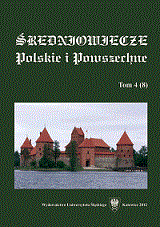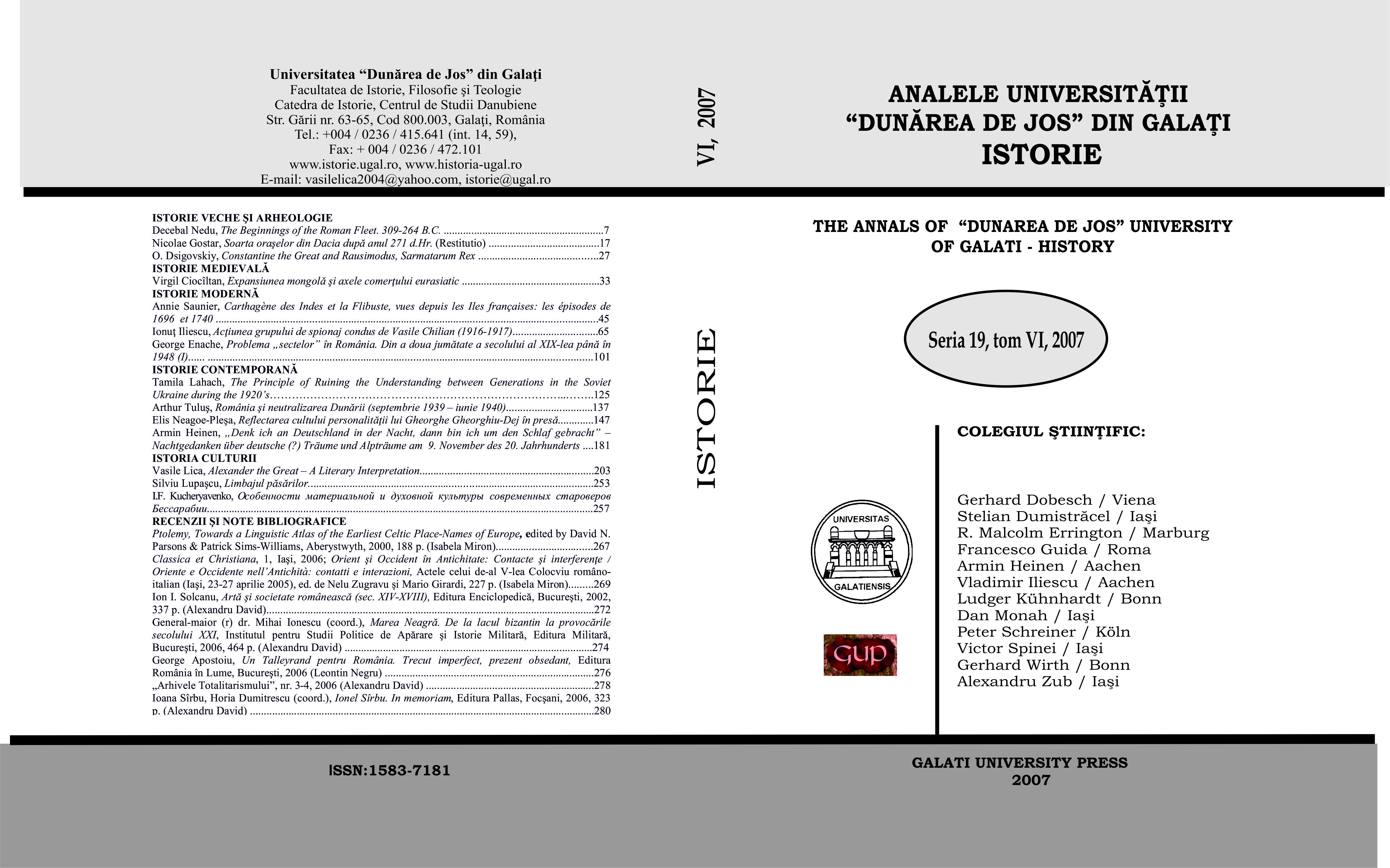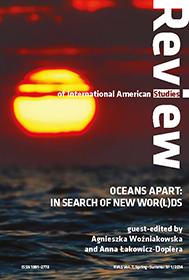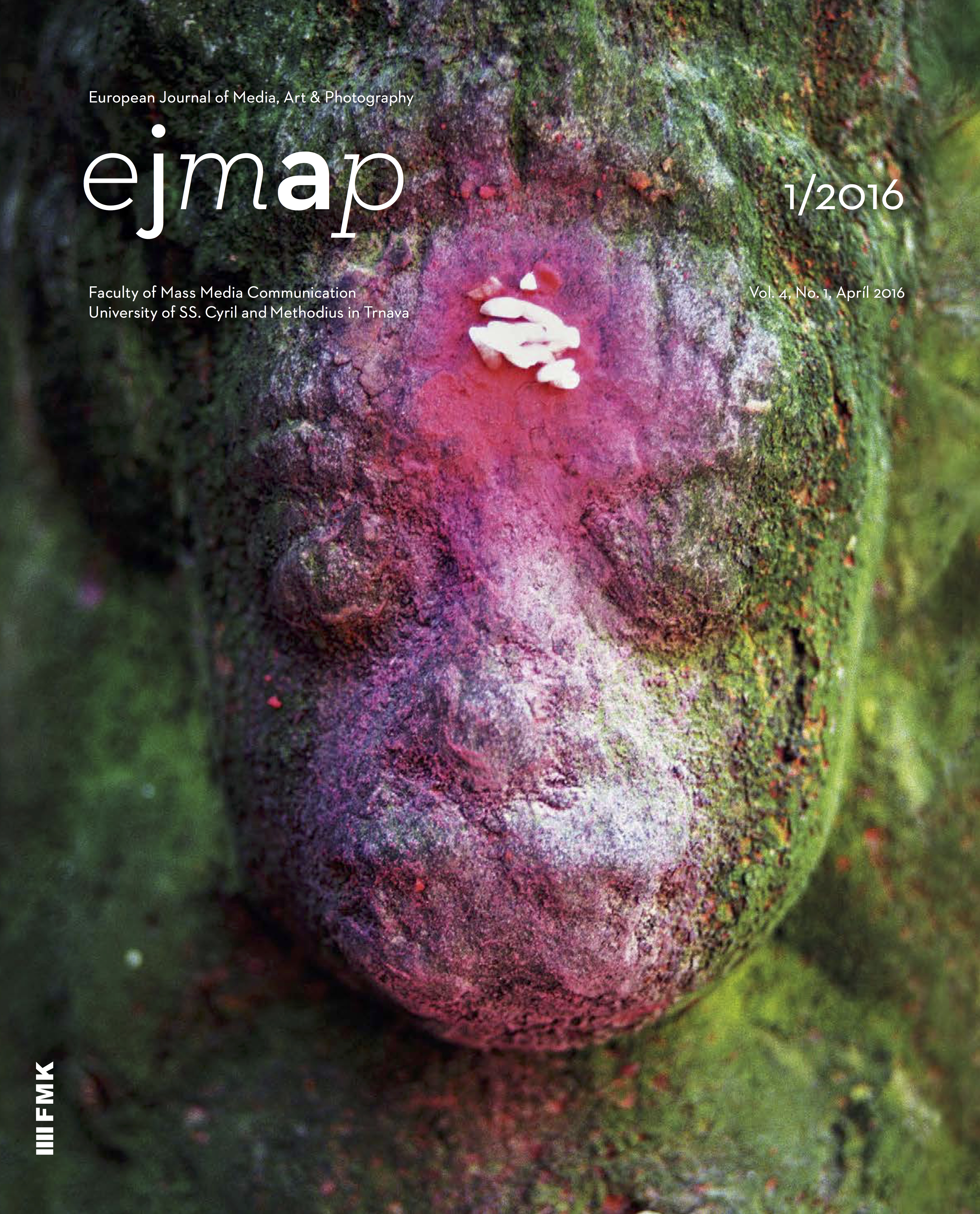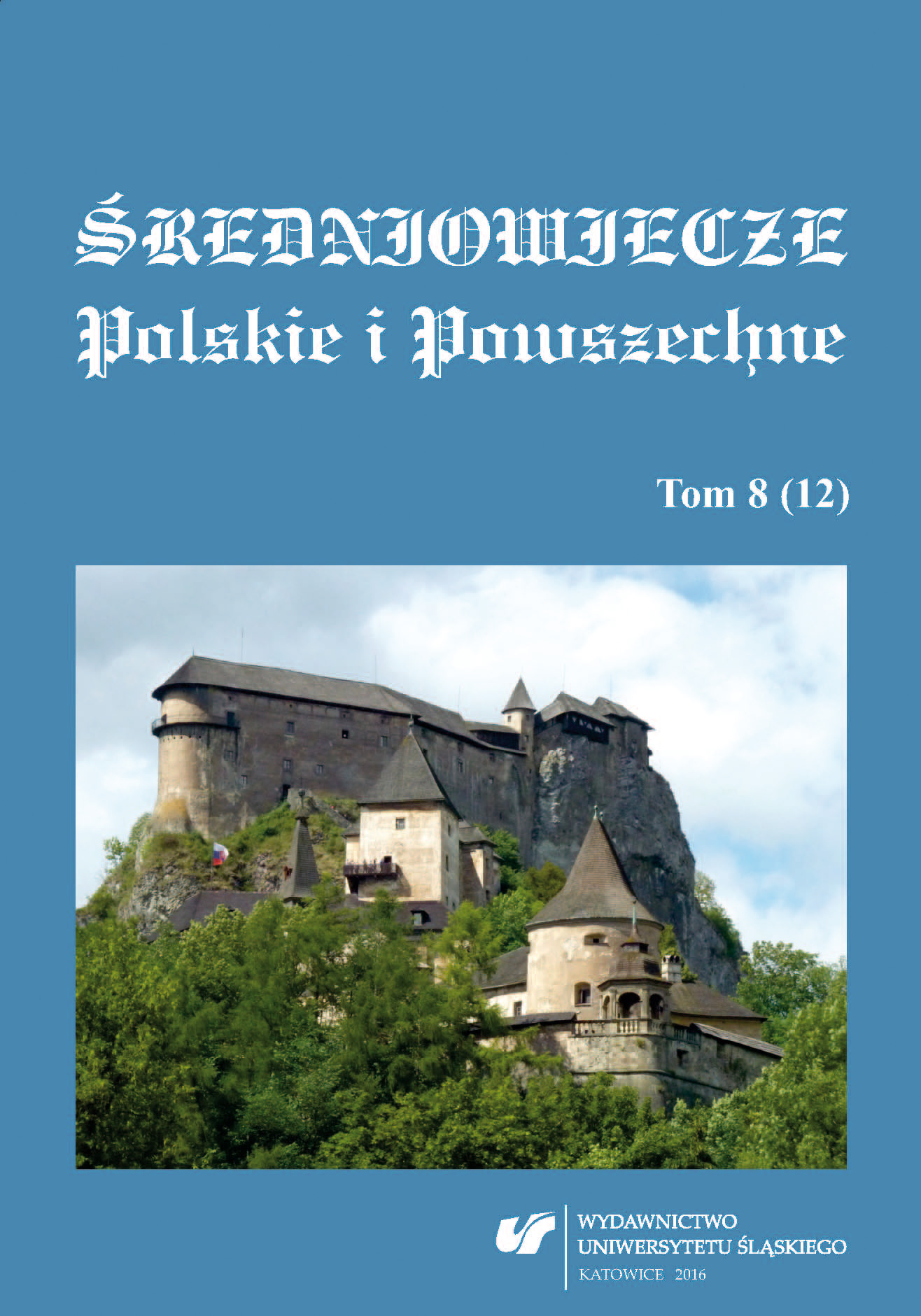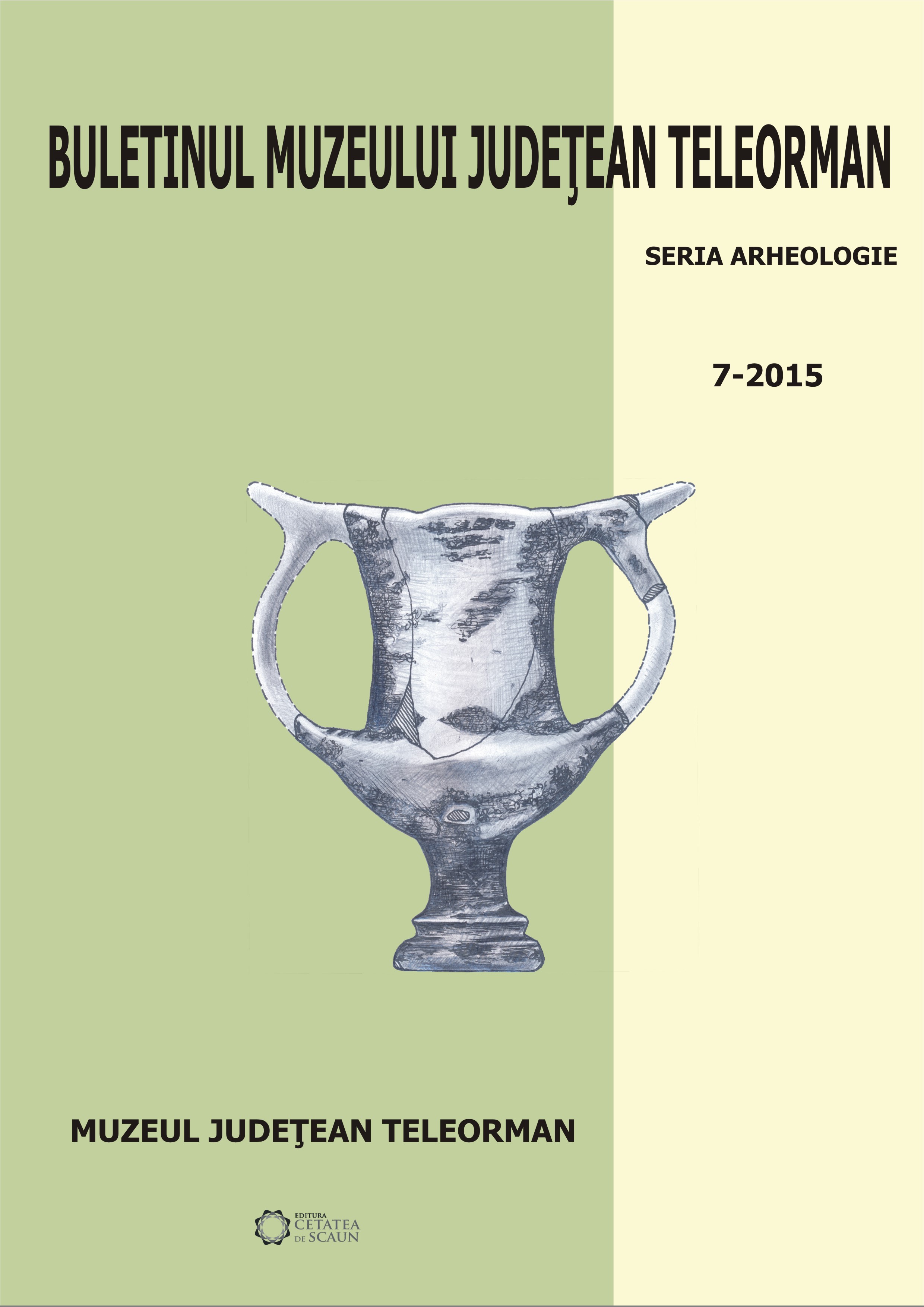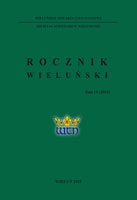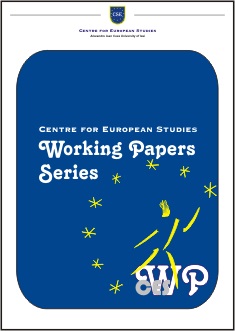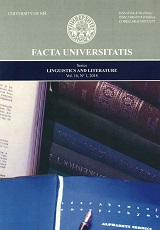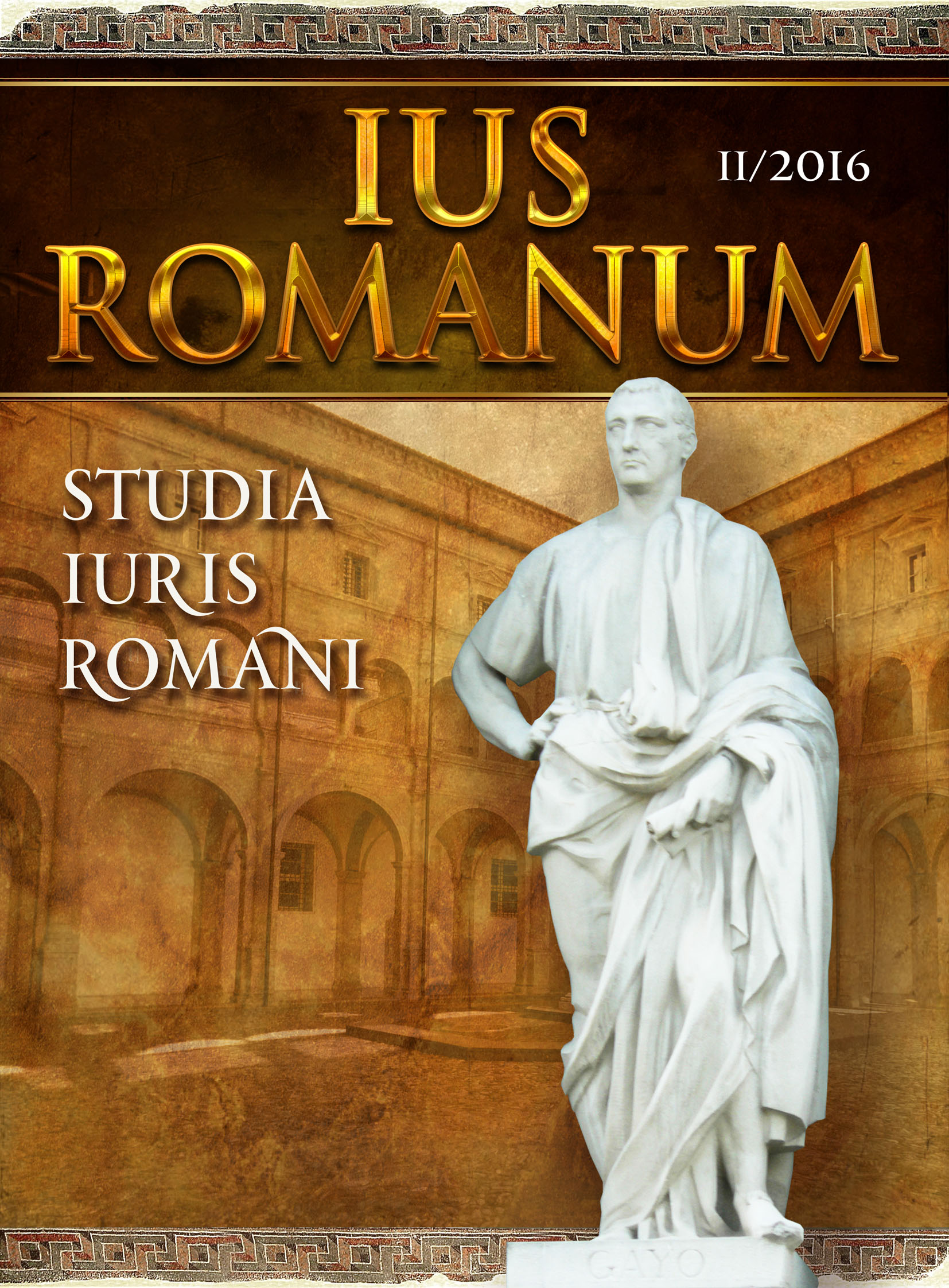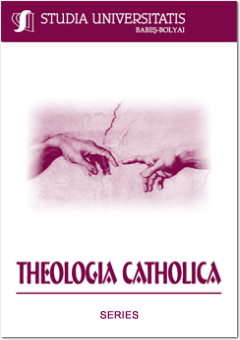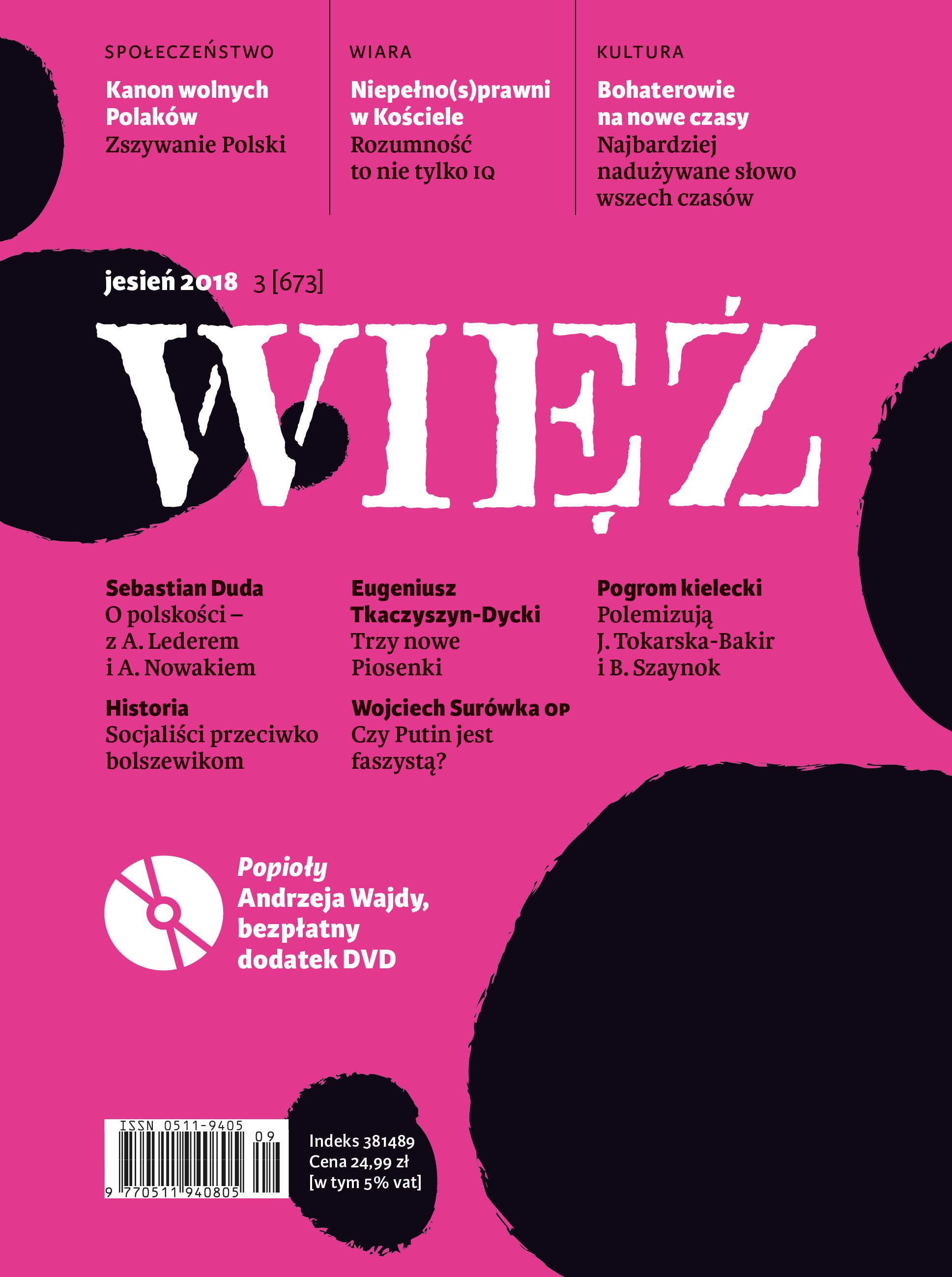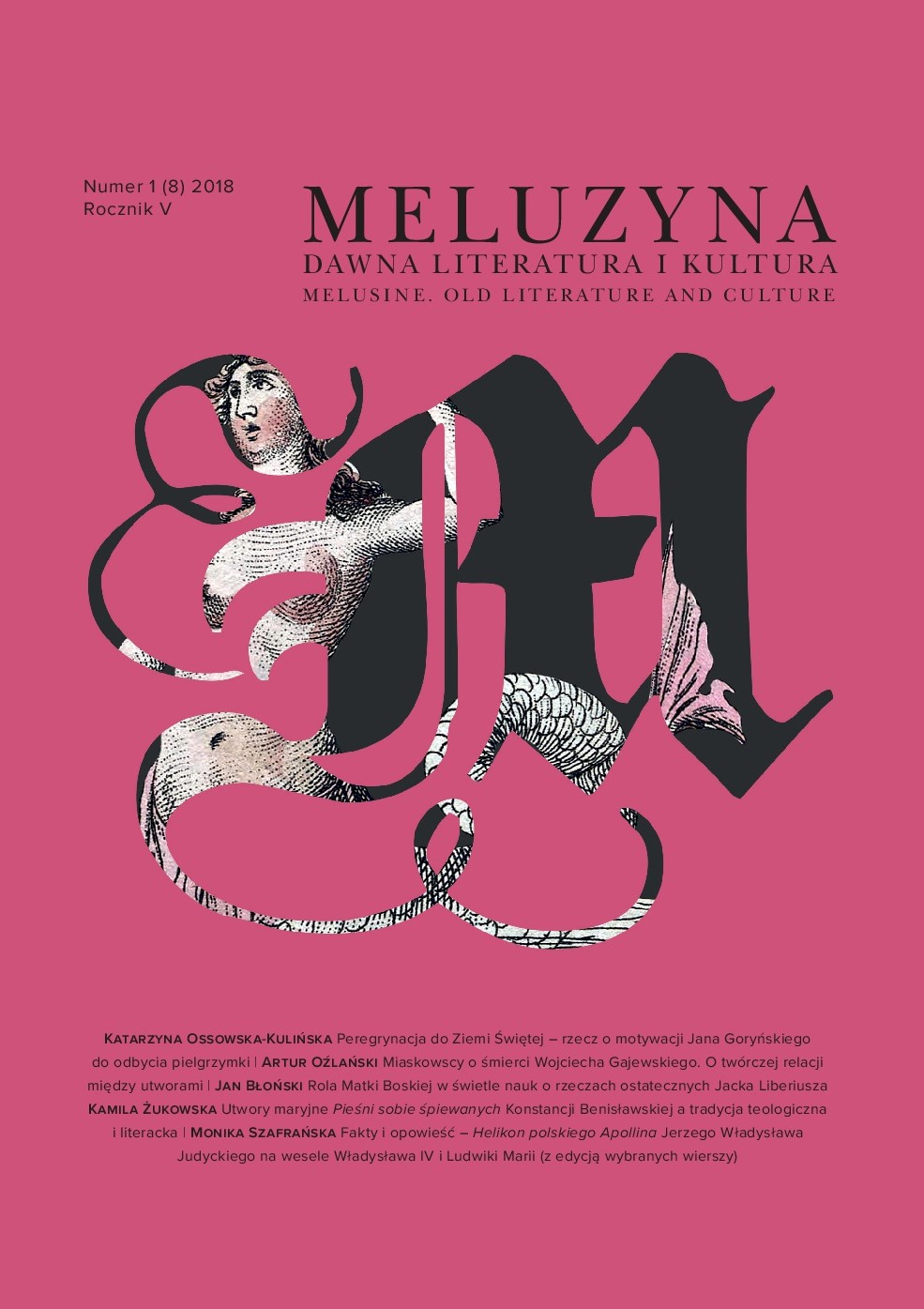Камиле у српским средњовековним земљама
Author(s): Aleksandar Uzelac / Language(s):
/ Issue: 3/2015
Keywords: camels (Camelus sp.); Medieval Serbia; Macedonia; Byzantium; Hungary; nomads; Pontic steppes; menageries; 11th–14th centuries
nce of camels (Camelus sp.) in medieval Serbian lands, in the time preceding
the Ottoman conquests. Camels were attested in larger numbers at the
beginning of the fourteenth century. According to archbishop Danilo II, King
Stephen Uroš II Milutin (1282–1321) donated herds of camels („чрѣди вель-
бѹдь“) to the monastery of Treskavac, situated near Prilep. Тhe use of these
animals in the region was inherited from Byzantium, where they had a certain
role in regional economy, serving primarily for transport on longer distances.
Danilo’s report reveals that he and his contemporaries were familiar with the
Common-Slavic word for camels (forgotten in modern Serbian, but preserved
in many other Slavic languages) and the same word, albeit in slightly different
form is also attested in local toponymy, more precisely in the medieval name
of the contemporary city of Kyustendil – Velbazhd („Вельблѹждь“). Another
testimony of the presence of camels in medieval Serbia is demonstrated in
the Life of St. Symeon, written by his son and successor Stephen the First-
Crowned. During his meeting with Hungarian king Andrew II in 1214 or
1215, he received various animals as a gift, including aurochs and the Saracen
cattle („срациньскыѥ скоты“), i.e. camels. The report shows that the ruler
kept exotic animals near his court and that he possessed his own menagerie.
At that time, camels were obviously very rare.
The presence of camels in the Medieval Balkans was related to the
Byzantine trade with the east, their occasional breeding, but also to the migrations
of various nomadic Turkic groups from the Pontic steppes. Intriguing
evidence of the latter is preserved in the eyewitness report of a pilgrimage,
made by bishop Lietbert of Cambrai in 1054. When the pilgrims from Northern
France encountered bands of Pechenegs in the Bulgarian desert (the region
of modern Great Morava valley, integrated into the Serbian medieval state
at the end of twelfth century), they were amazed to see the nomads, riding
on horses, as well as on camels. Although no archaeological trace of these
animals in Serbia during the Middle Ages has been found so far, on the basis
of previously mentioned written reports and several visual representations, it is evident that they were not unknown, and – from the early fourteenth century
onwards – not uncommon, at least in southern parts of the Medieval Serbian
state, roughly corresponding to the territory of the modern Republic of
Macedonia.
More...
